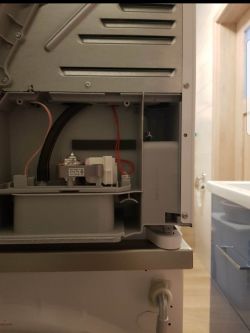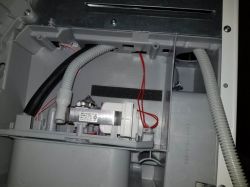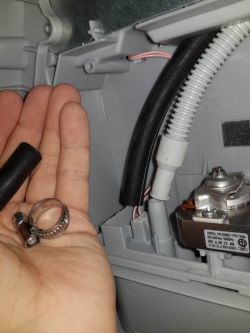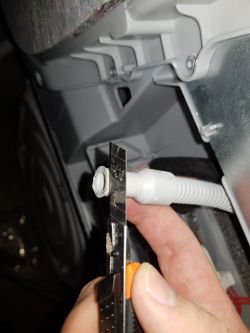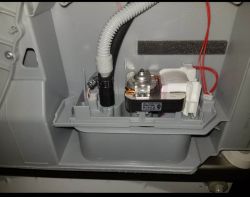I purchased this dryer:
http://www.bosch-home.pl/produkty/pralki-i-su...ubran/suszarki-z-pompa-ciepla/WTH85200PL.html
along with a dedicated drain hose:
http://www.bosch-home.pl/store/searchresult/WTZ1110
Unfortunately, I have not found where this hose should be connected in any manual.
The only idea that comes to my mind is to disconnect this black hose and connect it in its place.


http://www.bosch-home.pl/produkty/pralki-i-su...ubran/suszarki-z-pompa-ciepla/WTH85200PL.html
along with a dedicated drain hose:
http://www.bosch-home.pl/store/searchresult/WTZ1110
Unfortunately, I have not found where this hose should be connected in any manual.
The only idea that comes to my mind is to disconnect this black hose and connect it in its place.





